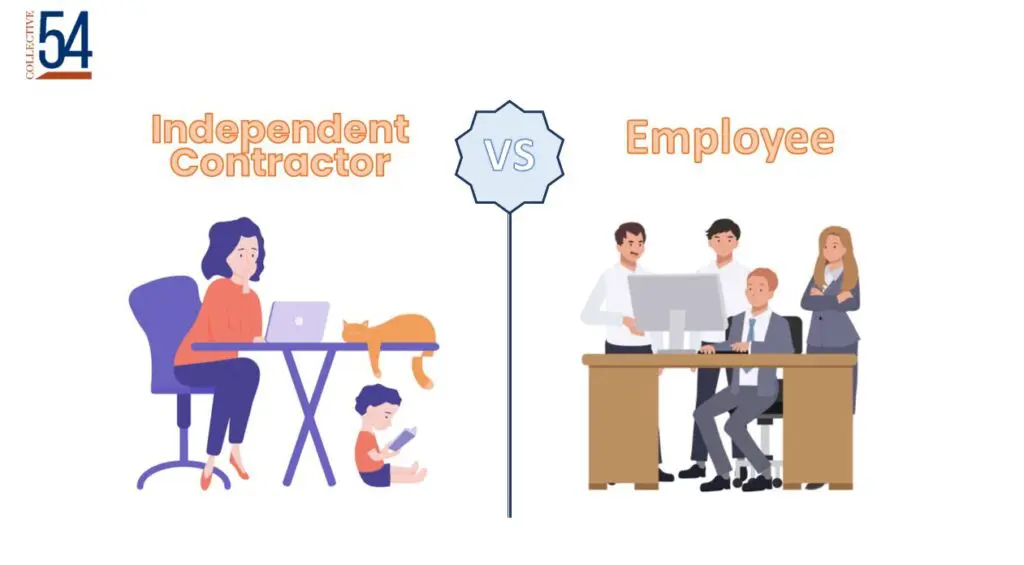This is Employment Law Axiom No. 1: 5% of Employees Cause 95% of the Problems
There’s a lot packed into this foundational truth. (First, I’ll say that it’s not scientific. I don’t really know the actual percentages. But I do know that a small percentage of folks in the workforce occupy a bigly disproportionate amount of management’s time.)









